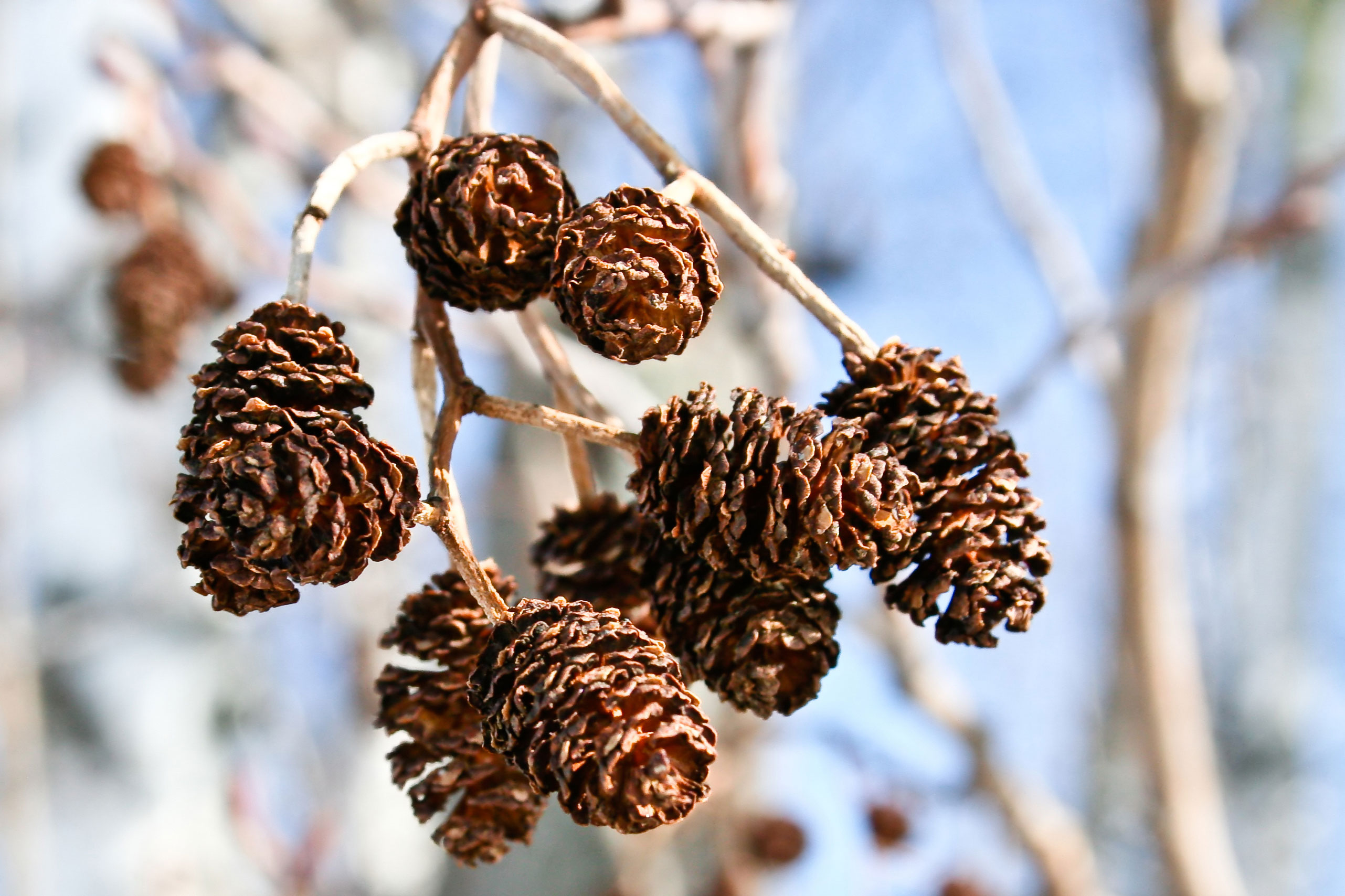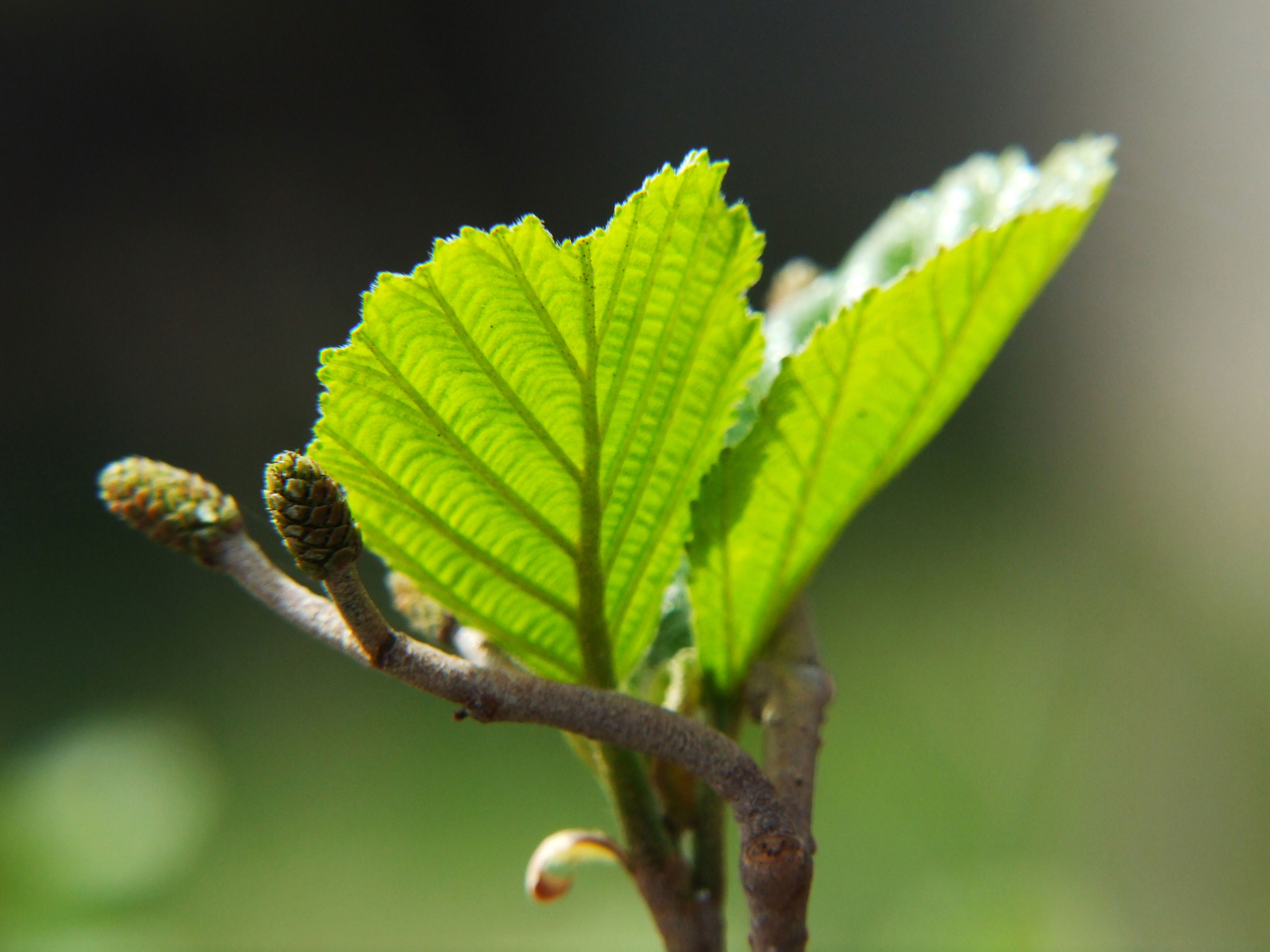Black Alder Extract as Source of Humic Substances
Firstly black alder cones have to be collected (or bought). The black alder (Alnus glutinosa) is a tree up to 25 m high with black bark, which is found on the edges of ditches, streams and rivers. Small, loose supplies of them can be found in humid lowlands and swamps. The wood is durable in water and is therefore often used for the construction of jetties. Due to these properties alder wood and roots are also suited for aquaristics.


The cones are
- lightly cleaned and briefly soaked in water (all sorts of creatures/insects may still appear)
- dry them in the oven (not too hot, if you don't want to risk a fire in the residence)
- finely shred them (with various kitchen appliances - don't get caught by the owner of the machine!)
Tightly sealed in a glass the powder lasts forever.
1 Litre of concentrate can be produced in the following way
- Allow of 1.75 l of demineralised or reverse-osmosis water to sit with 100 g of alder cone powder for one hour
- Then heat for 0.5 hours and hot drain it (roughly, then with a paper filter)
- Afterwards it must be ventilated for about 10 days. Be careful to use a container with enough volume, because it will foam excessively for the first few days (see also tea extract)
Approximately a litre of concentrate will form, which can be preserved with 1.5 ml of formaldehyde (35 - 37 %). The concentrate is almost odourless and will last a very long time. You can also possibly use slightly less formaldehyde (in experiments with open samples the fungus stopped already at 1 mg/l).
You can use 1 - 2 ml per 10 litres of fresh water with this concentrate. This yields a somewhat unseemly colouring to the fresh water, but this quickly disappears from the aquarium at low pH.
In its essential aspects this procedure originates from Ulrich Breitfeld, whom at this juncture we would like to thank very warmly for the permission to publish it.
Addendum (Dr. A. Kremser):
In that formaldehyde is difficult for the uninitiated to handle, and since in particular due to its slight volatility it poses a health hazard in the case of improper handling, I would advise using other preservatives for the time being.
0.5 - 1.0 g/l methyl paraben, or the same amount of benzoic acid, or even more effective a mixture of the two substances, can be utilized with equal success, but will pose less danger to the user.

